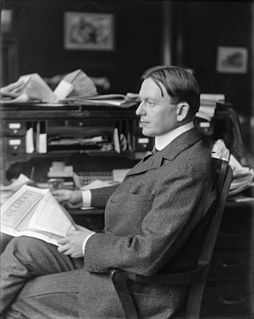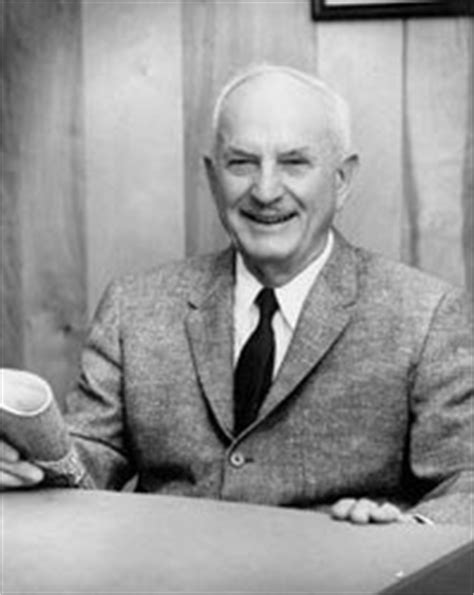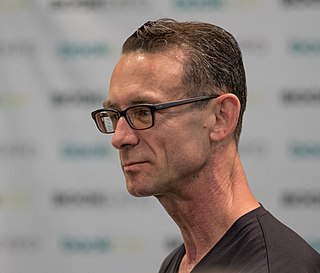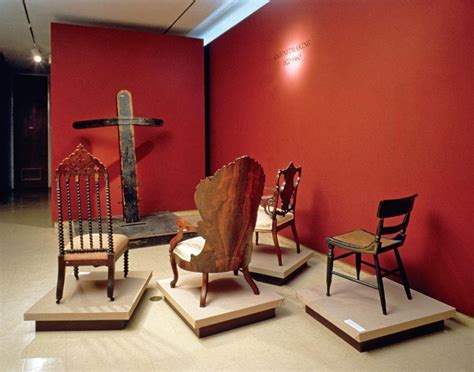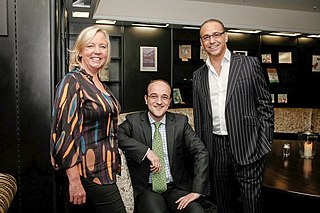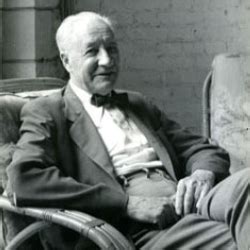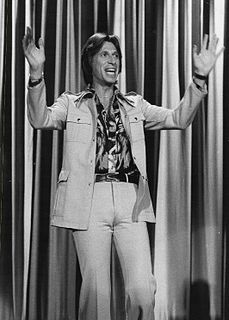A Quote by Robert Collier
Study your reader first - your product second. If you understand his reactions, and present those phases of your product that relate to his needs, then you cannot help but write a good letter.
Related Quotes
Traditional sales and marketing involves increasing market shares, which means selling as much of your product as you can to as many customers as possible. One-to-one marketing involves driving for a share of customer, which means ensuring that each individual customer who buys your product buys more product, buys only your brand, and is happy using your product instead of another to solve his problem. The true, current value of any one customer is a function of the customer's future purchases, across all the product lines, brands, and services offered by you.
Why all this insistence on the senses? Because in order to convince your reader that he is THERE, you must assault each of his senses, in turn, with color, sound, taste, and texture. If your reader feels the sun on his flesh, the wind fluttering his shirt sleeves, half your fight is won. The most improbable tales can be made believable, if your reader, through his senses, feels certain that he stands at the middle of events. He cannot refuse, then, to participate. The logic of events always gives way to the logic of the senses.
Customers are a great way to finance a business for many reasons. First, customer financing is typically non dilutive. They want something from you other than equity in your business. Customers also help you fit your product to the market. And customers will help debug and improve the quality of the product.
You exist in time: future, present, and past. This is manifest in life, liberty, and the product of your life and liberty. The exercise of choices over life and liberty is your prosperity. To lose your life is to lose your future. To lose your liberty is to lose your present. And to lose the product of your life and liberty is to lose the portion of your past that produced it.
